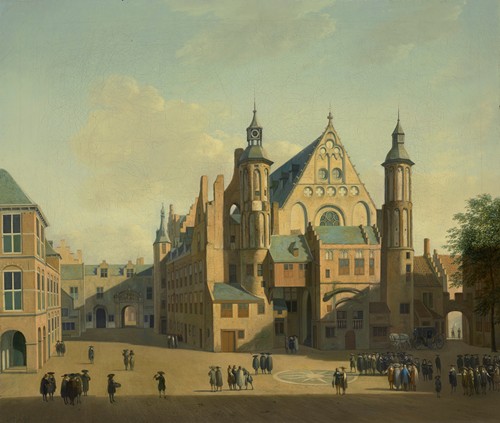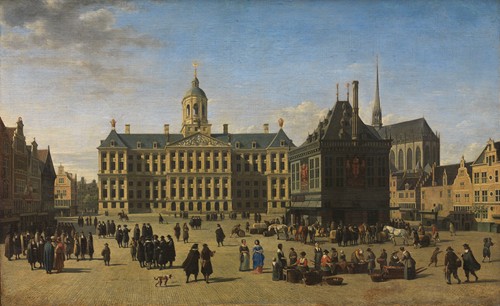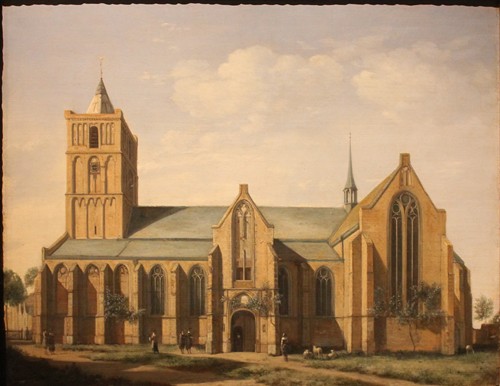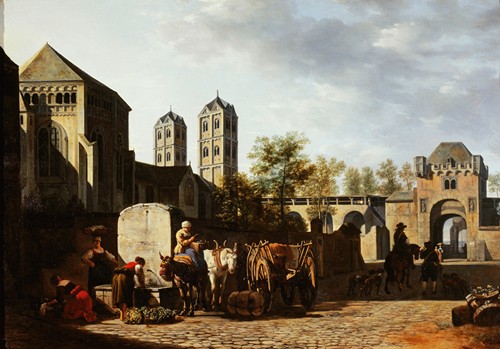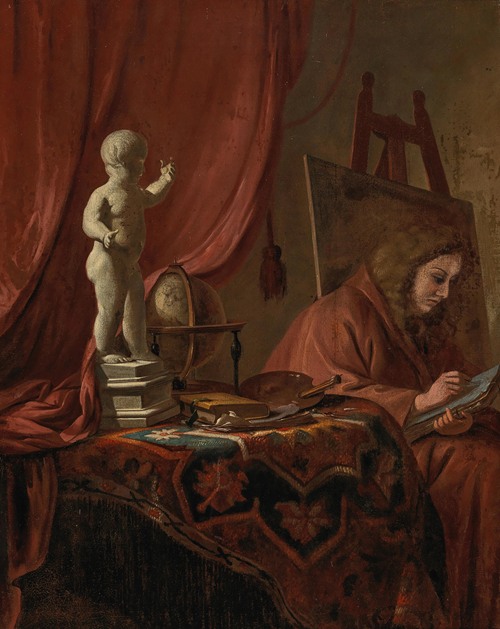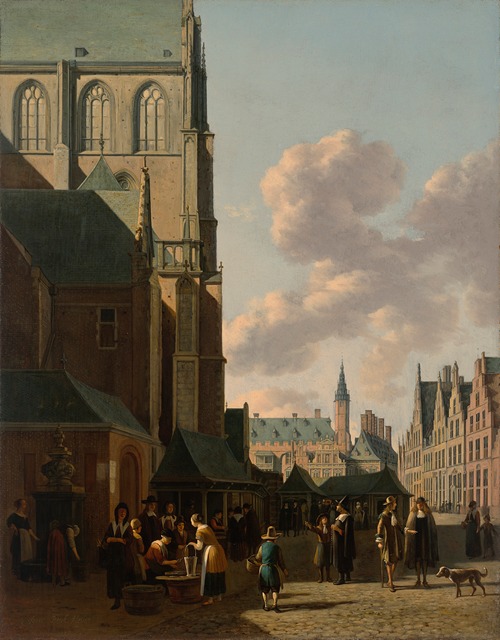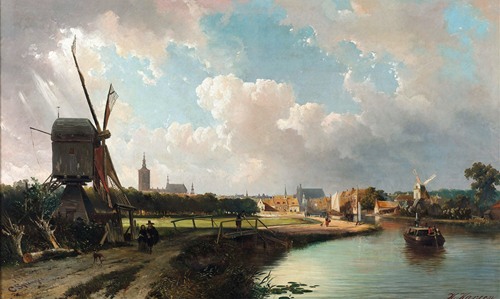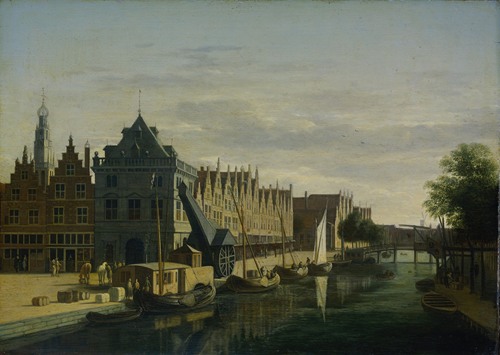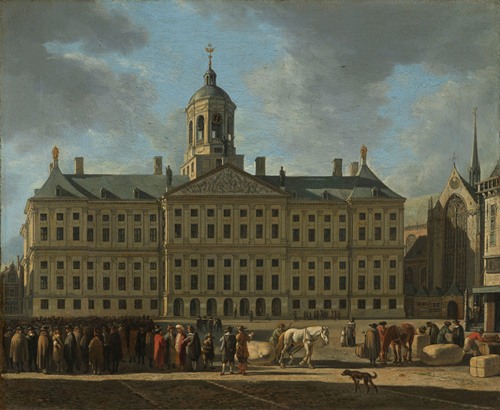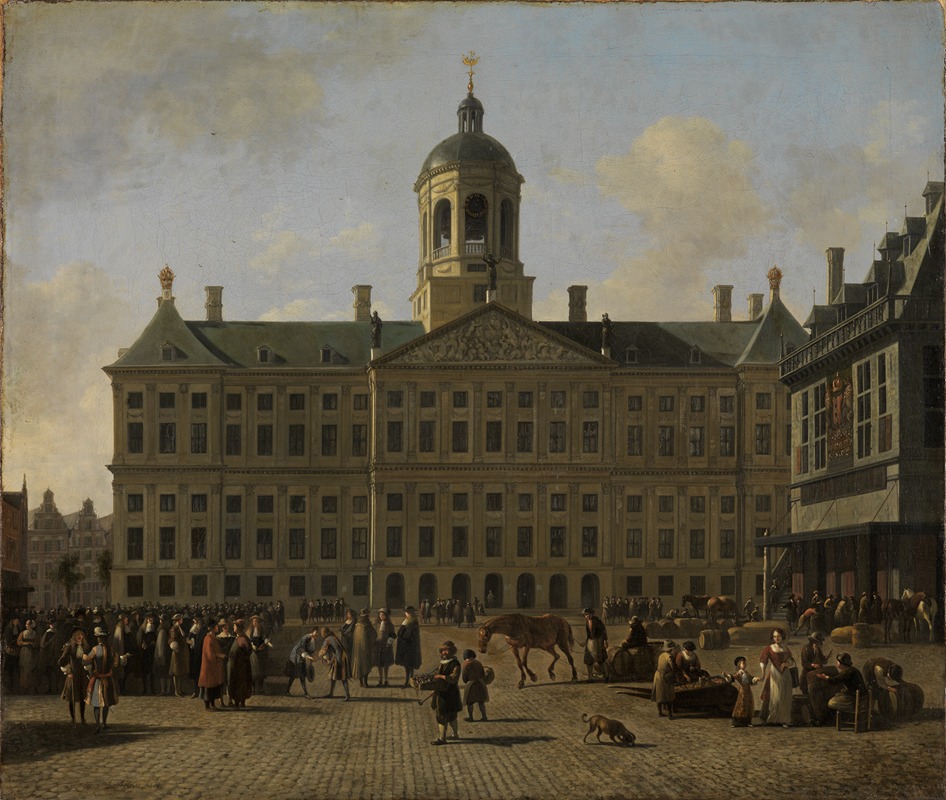
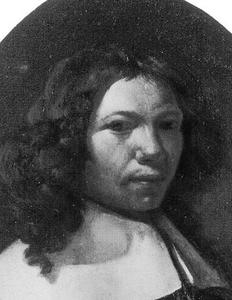
Gerrit Adriaenszoon Berckheyde was a Dutch Golden Age painter, active in Haarlem, Amsterdam, and The Hague, who is best known today for his cityscapes.
Berckheyde was born and died in Haarlem. Christened as an infant 6 June 1638, he was the younger brother (by eleven years) and student of the painter Job Adriaenszoon Berckheyde. Golden-age historian Arnold Houbraken claimed that Job had been trained as a bookbinder by his father, and could not discover who taught him to paint. Gerrit in turn learned from his older brother. Job's teacher must have been a Haarlem master, and some claim it was Frans Hals, but Houbraken claimed he travelled as a journeyman between Leiden and Utrecht offering his services as a portrait painter and learned by doing.
During the 1650s the two brothers made an extended trip along the Rhine to Germany, stopping off at Cologne, Bonn, Mannheim and finally Heidelberg. The brothers worked in Heidelberg for Charles I Louis, Elector Palatine, where they were both awarded a golden medal for their efforts, but were ultimately unable to adapt to court life and so returned to Haarlem, where they shared a house and studio. Gerrit became a member of the Haarlem Guild of Saint Luke on 27 July 1660. He was followed by the painter Adriaen Oudendijck.
